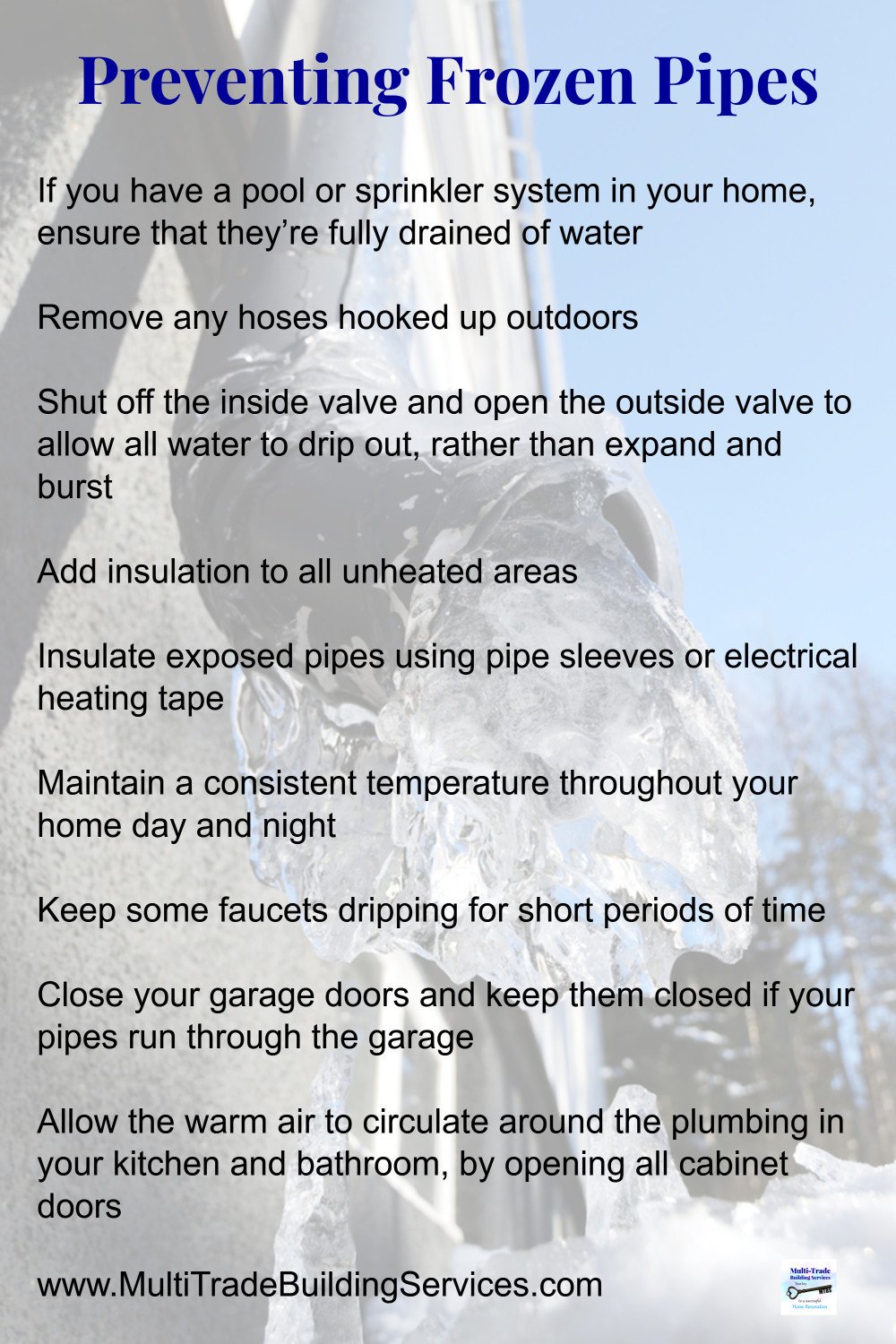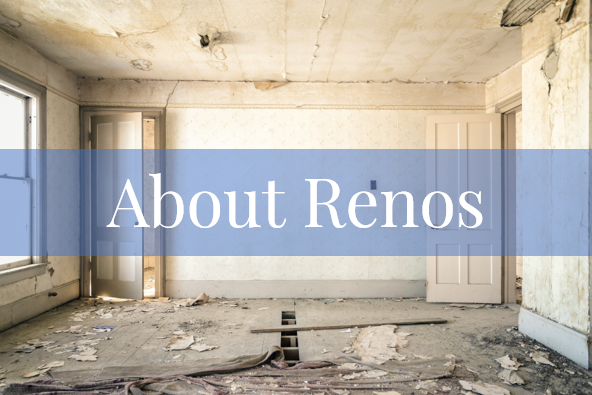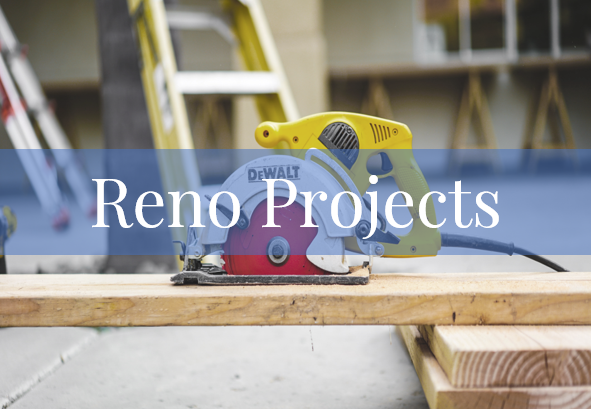Don't Let Old Man Winter Freeze Your Pipes: Here's How to Protect Your Home
/Winter is a beautiful season, with its snow-covered landscapes and cozy evenings by the fire. But lurking beneath its serene facade is a hidden danger that can wreak havoc on your home: frozen pipes. When the temperatures plummet, these seemingly innocuous plumbing elements can transform into ticking time bombs, ready to burst and cause costly damage. In this article, we'll arm you with essential tips and tricks to protect your home from the destructive effects of frozen pipes. From understanding the risks to practical insulation techniques and preventative measures, you'll be equipped with the knowledge to safeguard your home. So, let's dive in and learn how to keep Old Man Winter from freezing your pipes and leaving you with a chilling repair bill.
Understanding the Risks of Frozen Pipes
To effectively protect your home from frozen pipes, it’s important to understand the risks associated with this common winter problem. While frozen pipes may seem harmless, they have the potential to cause significant damage and financial strain if not addressed promptly.
One of the interesting facts about water is that, when it freezes, it expands. What does this mean for your pipes? When temperatures drop below freezing, the water within your pipes can freeze and expand, exerting pressure on the pipe walls. This pressure buildup can lead to cracks, leaks, and even burst pipes, resulting in water damage, flooding, and costly repairs. Unfortunately, the type of pipes you have, whether plastic or metal, will not prevent this, as they are all affected by the pressure of the expansion.
There are, however, certain conditions that may be more likely to result in frozen pipes.
Pipes that are subjected to cold temperatures (supply lines for pools, sprinkler lines, and hose bibs)
Pipes that are indoors and located in areas without heat (basement, attic, crawl spaces, garage)
Uninsulated pipes that are located on exterior walls
The consequences of frozen pipes extend beyond just the inconvenience of a lack of water. Water damage caused by burst pipes can lead to structural issues, mold growth, and damage to furniture, flooring, and personal belongings. Furthermore, the costs associated with repairs, cleanup, and potential temporary relocation can quickly add up, making prevention all the more crucial.
Ways You Can Protect Your Pipes From Freezing
By being aware of these risks, you can take proactive steps to protect your home and prevent frozen pipes.
Take these steps to protect your pipes from freezing:
If you have a pool or sprinkler system in your home, ensure that they’re fully drained of water
Remove any hoses hooked up outdoors
Shut off the inside valve and open the outside valve to allow all water to drip out rather than expand and burst
Add insulation to all unheated areas
Insulate exposed pipes using pipe sleeves or electrical heating tape
Let’s discuss some of these steps in greater detail. In the next section, we will delve into practical techniques for insulating your pipes to keep them safe and sound throughout the winter months.
Insulating Your Pipes
Proper insulation is crucial when it comes to preventing frozen pipes and safeguarding your home during the winter months. By insulating your pipes, you create a protective barrier that helps retain heat and prevents freezing temperatures from causing any damage.
These insulating sleeves are available at stores like home depot and lowes or rona
One effective method of insulating your pipes is by using foam insulation sleeves or wraps. These are readily available at most hardware stores and can be easily installed by homeowners. The foam sleeves are designed to fit around the pipes, creating a layer of insulation that helps retain the heat within the pipes. This simple yet effective solution can go a long way in preventing freezing and subsequent bursting.
Another option for insulating your pipes is to use heat tape or heat cables. These electric heating elements are specifically designed for pipes and can be wrapped around them to provide a consistent source of heat. Heat tape or cables are particularly useful for exposed pipes or those located in colder areas of your home, such as basements or crawl spaces. It's important to follow the manufacturer's instructions carefully when installing and using heat tape to ensure proper functionality and safety.
In addition to insulation, it's essential to pay attention to any areas where pipes are exposed to cold drafts or are located near exterior walls. Inspect your home for any gaps or cracks in the insulation or areas where cold air may be seeping in. Seal these areas using caulking or weatherstripping to prevent cold air from reaching the pipes.
Regular maintenance of your plumbing system is also crucial for preventing frozen pipes. Inspect your pipes for any signs of damage or wear, and consider contacting a professional plumber if you notice any issues. There may also be times when insulating your pipes is not the best option. If you would like our Licensed Plumber to do an inspection and maintenance service call on your pipes, give us a call at 905-999-8524.
By insulating your pipes, you create a barrier against freezing temperatures and reduce the risk of burst pipes. In the next section, we will explore how maintaining a consistent temperature in your home can further safeguard your plumbing system during the winter months.
Maintaining a Consistent Temperature
To further protect your plumbing system during the winter months, it's essential to maintain a consistent temperature inside your home. Cold temperatures can easily seep into your house, causing your pipes to freeze and potentially burst. By keeping a steady and warm temperature throughout your living space, you can effectively prevent this from happening.
Adjusting your thermostat to maintain a consistent temperature is key. It's recommended to set your thermostat no lower than 60 degrees Fahrenheit (15 degrees Celsius) during the winter, even when you're away. This way, you ensure that the warmth circulates throughout your home, reaching all the pipes and preventing them from freezing.
In rooms where pipes are more susceptible to freezing, such as the basement or attic, it's particularly important to provide sufficient heat. Consider using space heaters or installing additional insulation in these areas to maintain an even temperature. By doing so, you create a protective barrier against the freezing temperatures that could wreak havoc on your plumbing system.
Additionally, proper insulation of your walls, floors, and windows can go a long way toward maintaining a consistent temperature inside your home. Insulation acts as a barrier against the cold air outside, helping to retain warmth indoors. By investing in insulation or weatherstripping for your home, you not only protect your pipes but also increase your energy efficiency and reduce heating costs.
Maintaining a consistent temperature indoors sets the stage for the next step in protecting your plumbing system: keeping your faucets dripping. By ensuring a steady flow of water, you create movement within the pipes, making it more difficult for them to freeze. Let's explore this further in the next section.
Keeping Faucets Dripping
While insulation helps to retain warmth, it's wise to take an extra precautionary measure by allowing a slow and steady flow of water through your faucets. This simple act can greatly reduce the risk of your pipes freezing during frigid winter temperatures.
You may be wondering why leaving the faucets dripping can be an effective strategy. Well, it all comes down to movement. By ensuring that water is constantly passing through the pipes, you create a steady flow and prevent stagnant water from sitting in one place for too long. This movement makes it more difficult for the water to freeze and subsequently expand, decreasing the likelihood of your pipes bursting.
Remember, it's not necessary to keep all your faucets dripping; just a few strategically selected ones will suffice. Aim for faucets that are located on exterior walls or in unheated areas of your home. These areas are particularly susceptible to the cold and should be your priority when it comes to preventing frozen pipes.
So, before you settle in for a cozy winter night, turn on a couple of faucets to a slow drip. This small action can go a long way toward safeguarding your plumbing system throughout the winter months. In the next section, we will discuss what steps to take if, despite your best efforts, your pipes still end up freezing.
Other Miscellaneous Tips to Prevent Pipes from Freezing
Consider incorporating these additional steps to keep your home cold-weather-ready:
Close your garage doors and keep them closed if your pipes run through the garage
Allow the warm air to circulate around the plumbing in your kitchen and bathroom by opening all cabinet doors
Determining If Your Pipes Are Frozen
If you’ve ever experienced frozen pipes, you know that it can be scary and cause you to panic. Unfortunately, it can also be quite expensive.
Follow these steps to find out if your pipes are frozen:
If the water is turned on and there is only a drop coming out, you’re most likely experiencing a frozen pipe.
Pipes that are on exterior walls or from where the water comes into your home may be frozen pipes.
If exposed pipes have frost on them, they may be frozen.
Any odours coming from drains may indicate a blockage in the pipe (frozen).
If you’ve discovered that you do indeed have frozen pipes and they’ve burst or cracked, make sure to call a plumber right away to avoid flooding. You can give us a call at 905-999-8524 to schedule a service call with our Master Plumber. If they’re just frozen, thaw them to prevent bursting pipes.
What to Do If Your Pipes Freeze
In the unfortunate event that, despite your best efforts, your pipes still end up freezing, it's important to know what steps to take to minimize damage and restore the flow of water. Acting swiftly can make all the difference in preventing further complications.
If you suspect that your pipes have frozen, the first thing you should do is turn off the water supply to your home. This will help limit any potential damage caused by bursting pipes once the water starts to thaw. Locate the main shut-off valve, typically found near the water meter or where the main water line enters your house, and make sure it is fully closed.
Next, open any faucets connected to the frozen pipes. This will relieve pressure in the system and allow water to escape once the pipes begin to thaw. Remember, it's crucial to start from the faucet closest to the frozen section and work your way toward the blockage. By doing so, you're giving the thawed water a clear pathway to flow through, reducing the risk of further damage.
To aid in thawing the pipes, you can apply gentle heat to the frozen sections. You can use a hairdryer, a heat lamp, or even towels soaked in warm water. Never use an open flame, propane heater, or any high-intensity heat source, as these can cause damage or start a fire. Begin applying heat at the end of the pipe closest to the faucet, gradually working toward the frozen area.
Remember to be patient and avoid using excessive force or tools to try and thaw the pipes, as this can cause more harm than good. Allow the pipes to naturally warm up, and monitor the process closely. Have a bucket or sponge handy in case there’s any dripping or pouring of water that you need to catch.
Make sure to inspect the other pipes in the home as well. It is likely that more than one may be frozen. If you're unable to locate the frozen section or if you're uncomfortable handling the situation on your own, it's best to call a Licensed Plumber for assistance. Our two plumbers at Multi Trade Building Services would be happy to help. Just give us a call at 905-999-8524.
Conclusion: Protect Your Home From Frozen Pipes
By taking these immediate steps, you'll be well on your way to mitigating the effects of frozen pipes and minimizing potential damage. Keep in mind that prevention is always better than dealing with the aftermath, so be sure to implement the winterizing tips mentioned earlier in this article. By following these tips and techniques, you can significantly reduce the risk of frozen pipes and protect your home during the winter months.




















